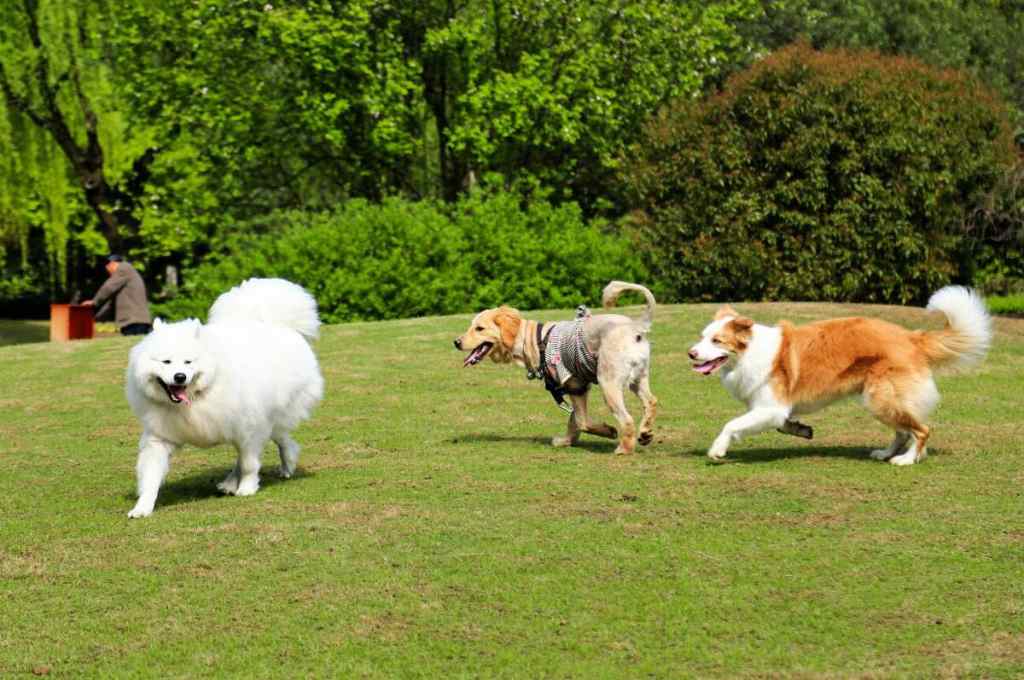 Golden Retriever dog how to calculate the age? According to the teeth to determine the age of the Golden Retriever: Golden Retriever puppies are born about 2 months after the growth of milk teeth, 8 months after the milk teeth are all replaced with permanent teeth; 2-5 years old dog upper and lower jaw first, second and third incisor cusps gradually worn out; 6-10 years old Golden Retriever upper and lower jaw incisors gradually ground into an oval, 10 years old after the canine teeth began to fall off.
Golden Retriever dog how to calculate the age? According to the teeth to determine the age of the Golden Retriever: Golden Retriever puppies are born about 2 months after the growth of milk teeth, 8 months after the milk teeth are all replaced with permanent teeth; 2-5 years old dog upper and lower jaw first, second and third incisor cusps gradually worn out; 6-10 years old Golden Retriever upper and lower jaw incisors gradually ground into an oval, 10 years old after the canine teeth began to fall off.Puppies will have their milk teeth around 20 days after birth, and the milk incisors will be fully grown by 4-6 weeks of age.
At 2 months of age, all 28 milk teeth are grown in. 2 to 4 months of age, the first milk incisor is replaced.
At 5~6 months of age, replace the 2nd~3rd milk incisor and milk canine teeth.
After 8 months of age, all teeth are replaced with permanent teeth.
1 year old dog, permanent teeth are long, white and shiny, with cusps on the incisors.
In 1½ year old dogs, the large cusps of the first incisors of the lower jaw are worn down to flush with the small cusps.
In a 2 1/2 year old dog, the cusps of the second incisors in the lower jaw were worn out.
In 3.5 year old dogs, the cusps of the first incisors in the upper jaw are worn out.
In a 4 1/2 year old dog, the cusp of the second incisor in the upper jaw was worn out.
In 5-year-old dogs, the cusps of the third incisors of the lower jaw are slightly worn out, while the first and second incisors of the lower jaw are worn into rectangular surfaces.
In 6-year-old dogs, the cusps of the third incisors of the lower jaw are worn out and the canines are ground into blunt rounds.
In a 7-year-old dog, the third incisor of the lower jaw was worn down to the root of the tooth, and the wear surface was longitudinally oval.
8-year-old dog with anteriorly inclined jaw first incisor wear.
In 10-year-old dogs, the maxillary first incisor and the mandibular second incisor have a longitudinal oval wear surface.
16-year-old dog with lost incisors and incomplete canine teeth.

